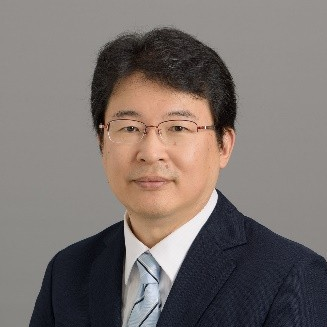Photoanodes and Counter Electrodes for Dye Sensitized Solar Cells
A special issue of Catalysts (ISSN 2073-4344).
Deadline for manuscript submissions: closed (30 April 2019)
Special Issue Editor
Interests: Functional ceramics and thin films, Luminescent and fluorochromic materials, Photovoltaic and electrochemical devices, Chemical sensors, Solution-processed synthesis, Sol-gel method
Special Issue Information
Dear Colleagues,
Dye-sensitized solar cells (DSSCs) have been intensively studied for more than 25 years since the epoch-making report by O’Regan and Grätzel (Nature, 353, 1991, 737). Due to their low-cost, low-toxic, and easy-handling features, DSSCs are still fascinating as a versatile power source all over the world. Among their constituents, photoanodes consisting of transparent conducting electrodes, inorganic semiconductors, and organic or complex dyes play a crucial role for generating large photocurrents. Therefore, the development of photoanodes should be continued so as to ensure better performance of DSSCs in practical applications. Meanwhile, the development of efficient counter electrodes is another important challenge for better electron transport within DSSCs. Recent studies have revealed that the use of electrocatalysts as counter electrodes can improve the overall performance of DSSCs.
This Special Issue welcomes contributions from all areas related to photoanodes and counter electrodes in DSSCs; for example, fabrication of novel photoanode structures, utilization of novel semiconductor materials, development of novel sensitizers, optimization of transparent conducting layers, creation of novel counter electrodes, synthesis of novel electrocatalysts, and so on. It is highly expected that this issue also provides new ideas for generating large photocurrents beyond the current DSSC scheme by comprising all aspects of photoanodes and counter electrodes.
Prof. Shinobu Fujihara
Guest Editor
Manuscript Submission Information
Manuscripts should be submitted online at www.mdpi.com by registering and logging in to this website. Once you are registered, click here to go to the submission form. Manuscripts can be submitted until the deadline. All submissions that pass pre-check are peer-reviewed. Accepted papers will be published continuously in the journal (as soon as accepted) and will be listed together on the special issue website. Research articles, review articles as well as short communications are invited. For planned papers, a title and short abstract (about 100 words) can be sent to the Editorial Office for announcement on this website.
Submitted manuscripts should not have been published previously, nor be under consideration for publication elsewhere (except conference proceedings papers). All manuscripts are thoroughly refereed through a single-blind peer-review process. A guide for authors and other relevant information for submission of manuscripts is available on the Instructions for Authors page. Catalysts is an international peer-reviewed open access monthly journal published by MDPI.
Please visit the Instructions for Authors page before submitting a manuscript. The Article Processing Charge (APC) for publication in this open access journal is 2700 CHF (Swiss Francs). Submitted papers should be well formatted and use good English. Authors may use MDPI's English editing service prior to publication or during author revisions.
Keywords
- Dye sensitized solar cells
- Photoanodes
- Transparent conducting electrodes
- Metal oxide semiconductors
- Organic, complex, and natural dyes
- Counter electrodes
- Electrocatalysts





